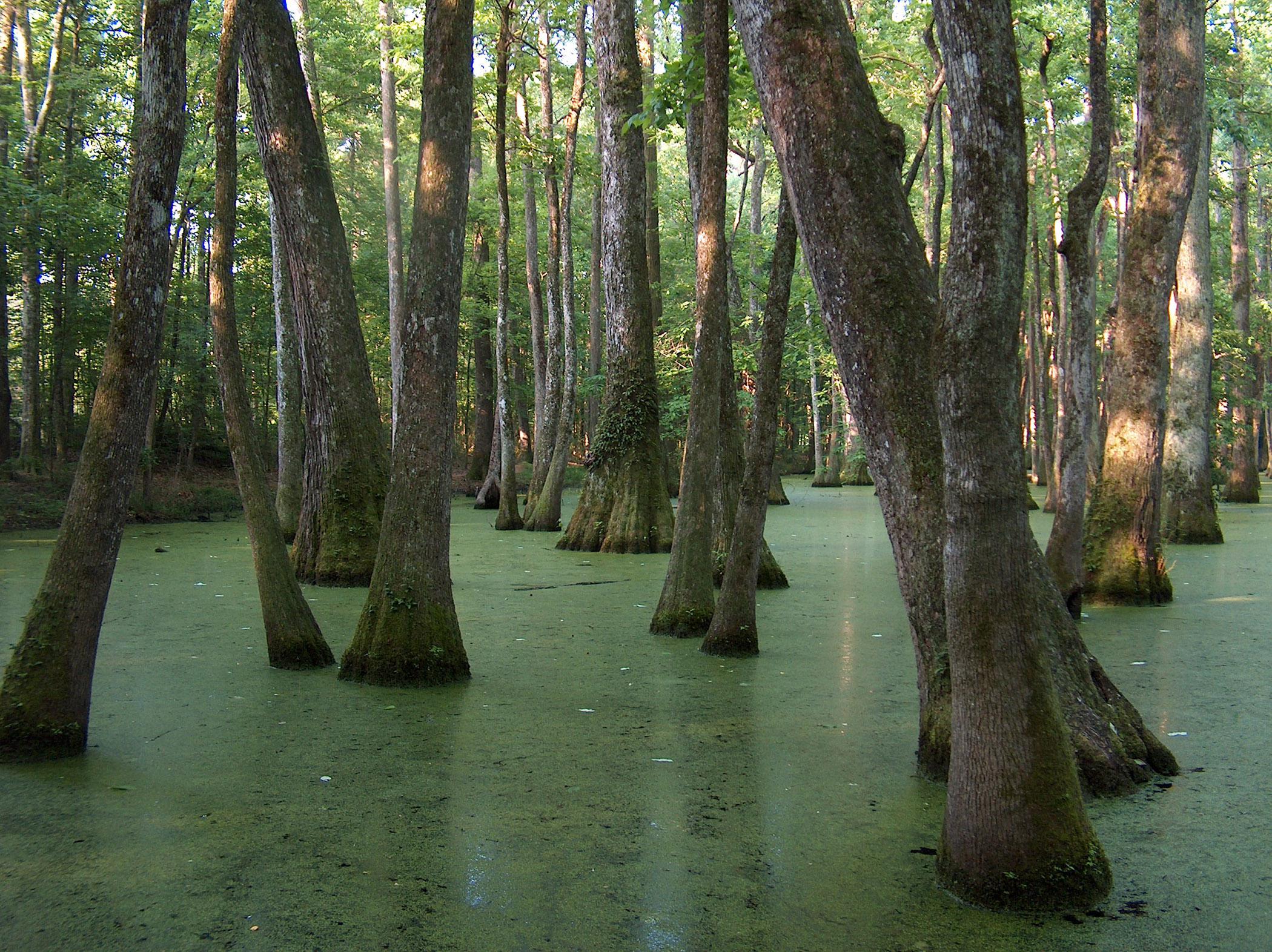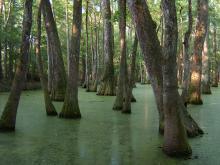Information Possibly Outdated
The information presented on this page was originally released on April 8, 2014. It may not be outdated, but please search our site for more current information. If you plan to quote or reference this information in a publication, please check with the Extension specialist or author before proceeding.
MSU scientists develop forestry software program
MISSISSIPPI STATE -- Mississippi State University scientists have created a new software program to help foresters and landowners manage hardwood timber.
Emily Schultz and Tom Matney, forestry professors in the MSU Forest and Wildlife Research Center, developed the software and user’s guide based on 33 years of research.
The free software provides expected yields and future growth values for the red oak-sweetgum forest mixture that is widely distributed across Mississippi river bottoms.
“We are excited to release the bottomland hardwood prediction system as a tool for foresters and landowners to use in achieving management objectives,” Schultz said. “Growth and yield programs take years to produce, as trees must be measured and re-measured to create a database sufficient for modeling. Because of the time requirement, there are very few models available for foresters to use in hardwood yield projection.”
Researchers used more than 29,000 tree records to develop the software, and 2,103 of those trees were professionally graded.
The red oak-sweetgum growth and yield system predicts the volume of merchantable sawtimber by grade category and species group. The software contains four tabbed worksheets that allow different levels of user input.
“Predicted trees per acre, diameters, basal area and volume by species group are reported in both tabular and graphical form,” Matney said. “Volumes are produced in board feet and cubic feet by log grade, which allows realistic current and future valuation of stands.”
Six graduate students developed components of the software as part of their degree requirements. The project was completed in cooperation with the U.S. Department of Agriculture’s Forest Service Center for Bottomland Hardwood Research in Stoneville.
The software is available at http://fwrc.msstate.edu/software.asp.






